Lake Mead Rose in August Thanks to Las Vegas Rains, But by a Drop in the Bucket
Posted on: September 14, 2022, 09:47h.
Last updated on: September 15, 2022, 01:03h.
Monsoonal Las Vegas rains helped boost Lake Mead’s height 3 feet in August, according to US Bureau of Reclamation data. However, after falling more than than 27 feet since the year began, that’s just a drop in the nation’s largest bucket of water.
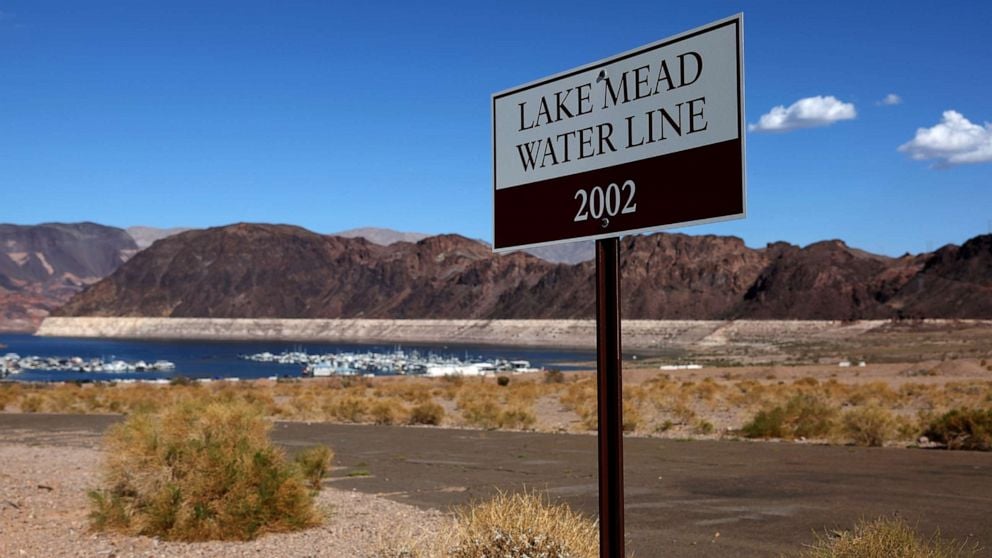
Las Vegas got 0.61 inches of rain in August, about double the 30-year average. This has helped Lake Mead rise to 1,044.28 feet above sea level — about 2.5 feet higher than projected.
According to the Bureau of Reclamation, 1.6 feet of that rise came from flood channels feeding Lake Mead 112,000 acre-feet more water than expected. The other .9 feet came from the 67,000 fewer acre-feet of water Hoover Dam was asked to release to California and Arizona, since rains there reduced the need to irrigate.
Reduced evaporation because of higher-than-normal humidity also played a role.
No Singing in the Rain
A small August bump in the reservoir is not unusual. According to the R-J report, it’s happened during 16 of the past 23 years. In one year, it buoyed the lake by 6 feet.
But the megadrought gripping the Southwest for over two decades is caused by decreased spring snowmelt from the western Rocky Mountains. And this is caused by a climate that continues to grow hotter and drier. So a tiny reversal in that drought from rainstorms during one month each year cannot counteract the larger trend.
“Compared to reservoir size, contribution from rainfall is relatively small,” said Sajjad Ahmad, chair of UNLV’s civil and environmental engineering department, to the Las Vegas Review-Journal. “This monsoon season will not result in any meaningful changes in the long-term trend of declining water levels in Lake Mead.”
The National Oceanic and Atmospheric Administration forecasts a fall season for most of the upper basin that’s even hotter and drier than the new normal, with a 40% to 50% chance of lower-than-average rainfall in Utah, Colorado, Wyoming, and New Mexico.
And of the rain that does fall, much of it will evaporate instead of adding to the much-needed snowpack.
Like a Dam Over Troubled Water
Lake Mead’s water level has dropped to a historic low as the Southwest experiences what one recent UCLA study called its “most severe megadrought in 1,200 years.” Even with the new water bump, the nation’s largest reservoir, part of a system providing water to more than 40 million residents of the US Southwest, is still only 27% filled.
The surface of Lake Mead now sits about 170 feet lower than in early 2000. The latest projections from the Bureau of Reclamation show it dropping another 30 feet to 1,013.7 feet by July 2024.
These projections triggered another series of mandated water cuts for Nevada and Arizona. On top of those cuts, the federal government has asked the seven Colorado basin states supplied by Lake Mead to provide plans for 30% further reductions starting next year.
Related News Articles
Colorado River Snowpack Reaches 158%, Easing Las Vegas Drought
Filling Lake Mead with Mississippi River Water No Longer a Pipe Dream
Most Popular
Mirage Las Vegas Demolition to Start Next Week, Atrium a Goner
Where All the Mirage Relics Will Go
Most Commented
-
Bally’s Facing Five Months of Daily Demolition for Chicago Casino
— June 18, 2024 — 12 Comments
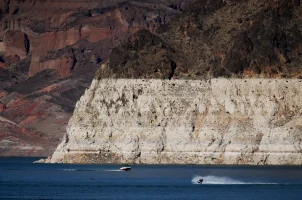
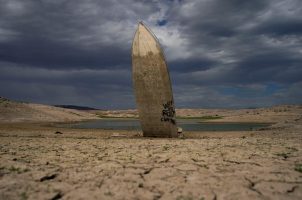
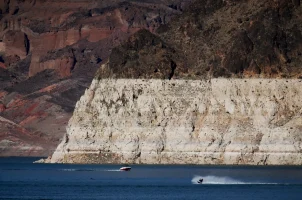
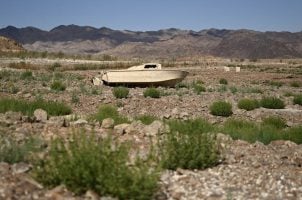












No comments yet